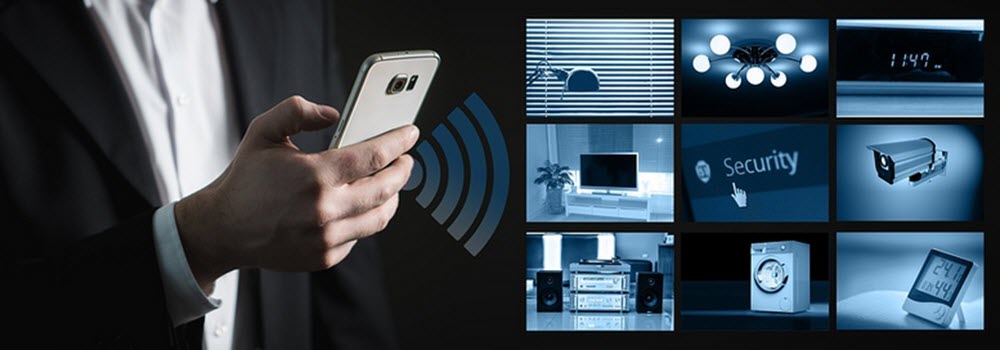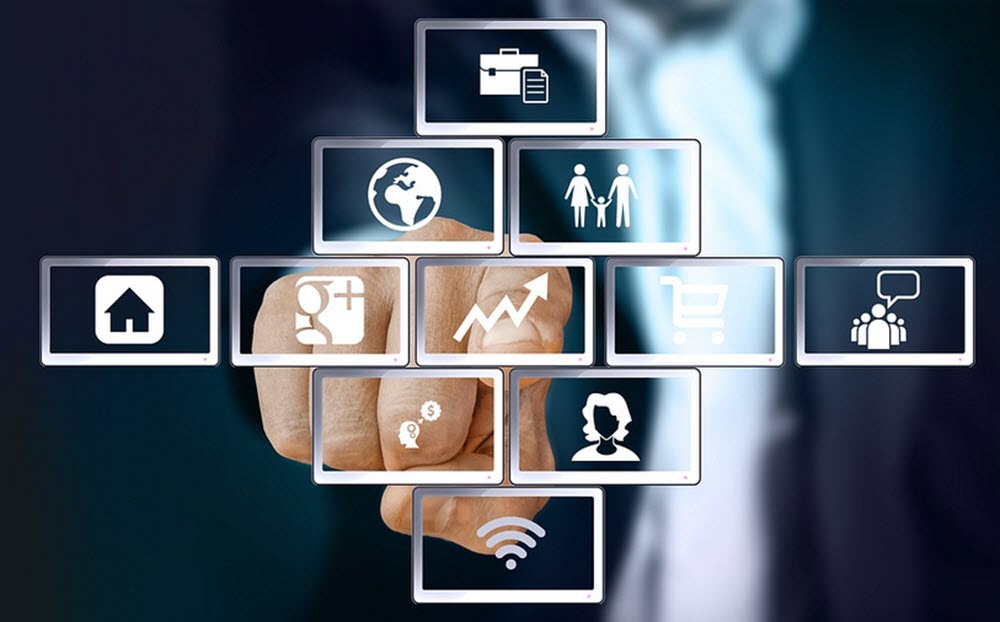An automated building, also known as a smart building, used automatization to control building operations such as:
– Heating
– Air conditioning
– Ventilation
– Lighting
– Fire detection, alarms, sprinklers and fire doors
– Anti-intrusion security and access systems
– Water meters and pumps
Automated buildings already exist in many countries and the sector is growing. In 2016, the smart building technology market generated a global revenue of $4.7 billion.
How does it work?
A typical automated building (”smart building”) will use a combination of sensors, actuators and microchips. The system will continuously collect data and use that data to run the equipment in accordance to the programming. A key feature of the automated building is integration.
This new technology is not just for when building new structures, because a traditional building can also be turned into an automated building.

Benefits
Saving energy
Saving on electricity is good for the pocketbook and the environment. That same is true for many other building comforts that require energy, such as hot water from a power plant or pellet stove.
An automated building can save energy in many different ways, e.g. by turning off lights and air condition in rooms where all the people have left, and making sure the heating system only heats each room to a predetermined temperature specific for that room.
When humans have to control equipment manually, it often becomes more wasteful. For instance, some people leave the air conditioning on in the bedroom when they leave, because they hate coming back to a warm bedroom and having to wait for it to cool down. With an automated system, the air-conditioning can be set to turn on at a certain time, or when something else happens in the house (e.g. the sensors detect that someone has returned home).
Make humans more comfortable
An automated house can make humans more comfortable by providing better lighting, room temperature, air quality, sanitation, security, etcetera. For business environments, this can in turn increase productivity among the employees or make customers more likely to spend longer periods time in the facility and enjoying themselves more. For educational facilities, it can improve the work environment for teachers and students alike, which in turn promotes learning.
See the patterns
The data collected by the sensors can also be by home-owners and building managers to determine patterns and find out if there is room for improvements.
Prioritizing loads
In a smart building, electrical loads can be grouped into categories and prioritized, e.g. non-essential, low priority, high priority and critical. When the building load goes up and approaches the high limit setting, the system will turn off the non-essential loads. If this is not enough, low priority loads will be turned off, and so on. It is also possible to rank loads within each category, for an even more detailed approach.
Some smart buildings save on energy costs by programming certain energy-consuming tasks to be carried out during lower demand times.
Risks
- Vast amounts of information concerning the building and its use is stored, transferred, analysed and communicated. This raises privacy concerns for the users and owners of a smart building.
- If the smart building system is hacked, those who gain unlawful access to the system can cause a wide range of problems for the building users – including serious health risks. A smart building must still adhere to building codes, e.g. when it comes to emergency evacuations and how automated lockable doors and access to stairs will function in such as scenario.When IBM´s X-Force Security Research Group carried out a penetration test on an existing smart building they found that one of the main weaknesses was human sloppiness regarding passwords. The team was able access several imperative systems due to improper password routines. One of the issues discovered was that passwords were being stored as clear text and shared between different devices. Also, many devices could be accessed remotely – which has its benefits but also significant drawbacks.

